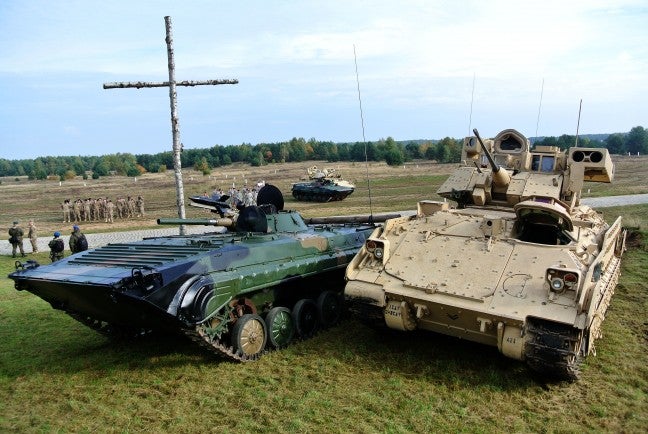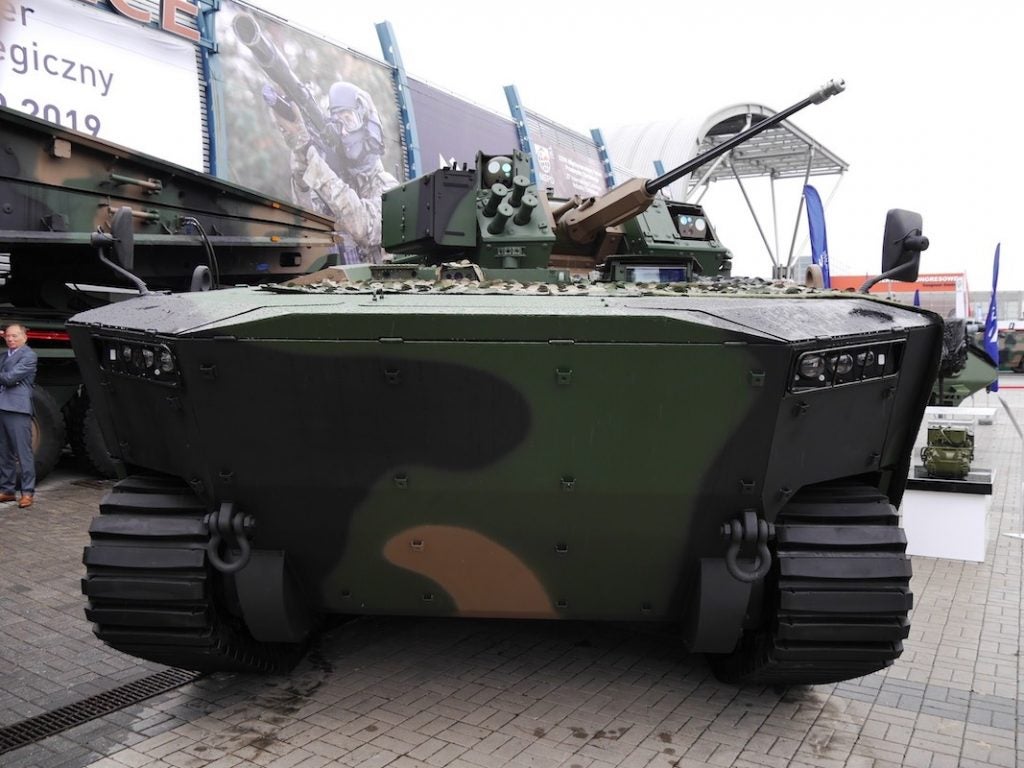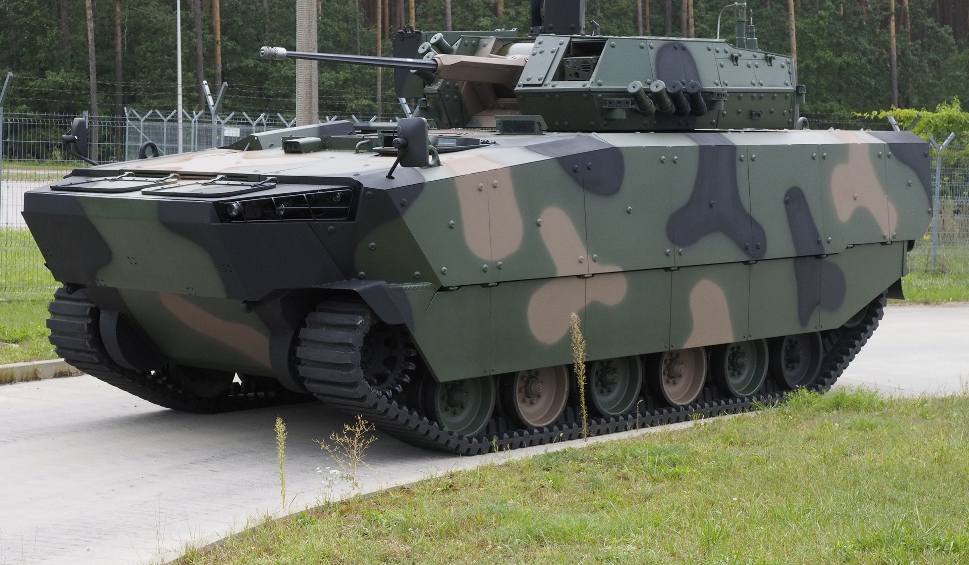Badger IFV For The Polish Army – a Major Change?
Since the 1970s the Polish Armed Forces have been using a single Infantry Fighting Vehicle (IFV) model. Throughout all those years new generations of conscripts had the questionable pleasure of spending their days at the training grounds accompanied by this illustrious vehicle – the BMP-1.
For half of a century, there was no significant effort in the Polish Armed Forces aimed at improving the combat abilities of its mechanized troops. Obsolete post-Soviet constructions filled depots and with a reduction of ground forces, were left there to rot. Instead of scraping old gear, the army decided to arm mechanized brigades with steel coffins – as the soldiers nicknamed the BMP-1.

Lack of an appropriate IFV within the Polish Armed Forces was partially filled with the KTO Rosomak/Wolverine, a wheeled IFV. However, those changes did not solve the problem of a lack of appropriate tracked IFV for the mechanized forces. For decades the Ministry of Defence was looking for a solution. The main issue was not the lack of partnership or even a product on the market. It was the Polish Ministry of Defence’s desire for a vehicle which could replace the venerable BMP-1 in all of its roles.
Simply put a new IFV had to replace all of the BMP-1’s functions and capabilities. One of these capabilities specifically was the new IFV had to have the ability to cross any aquatic obstacles on its own.
Such an requirement is based on the strategy of quick deployment of forces from the West to the East of the country with fighting taking place in regions such as Warmia, a border region of Poland south of Kaliningrad, which is full of lakes, ponds, and rivers. This basic idea is to take the fight to the enemy in a geographically difficult region using its poor roads and scarce river crossings as a deterrent. .
In comparison to Polish IFV requirements the US Army Bradley IFV relies on heavy armor to protect its crew, the ability to cross rivers is not paramount as the US engineering corps is able to set up new crossings for its forces.
Enter the Badger

(Mateusz Zielonka/defence24.pl)
In 2017, the first prototype of the Borsuk/Badger IFV was shown to the public at MSPO 2017. Since then a lot has changed. Huta Stalowa Wola (HSW), who is responsible for the entire project development is also a strategic manufacturer for the Polish military. The progression of work on the Badger demonstrates the HSW’s capabilities in delivering new equipment based on the local research and technical know-how.
Not much is known in terms of details of the Badger, however, the first trials of the vehicle reportedly brought very satisfying results. After some initial tests were completed, in Spring 2019, it was confirmed that the Badger is able to swim and cross bodies of water and boggy ground. The floor plate of the IFV passed anti-IED tests and further tests are planned in order to assure the quality of components and construction as the deadline is now on the horizon – with serial production hoped to begin in 2022.

